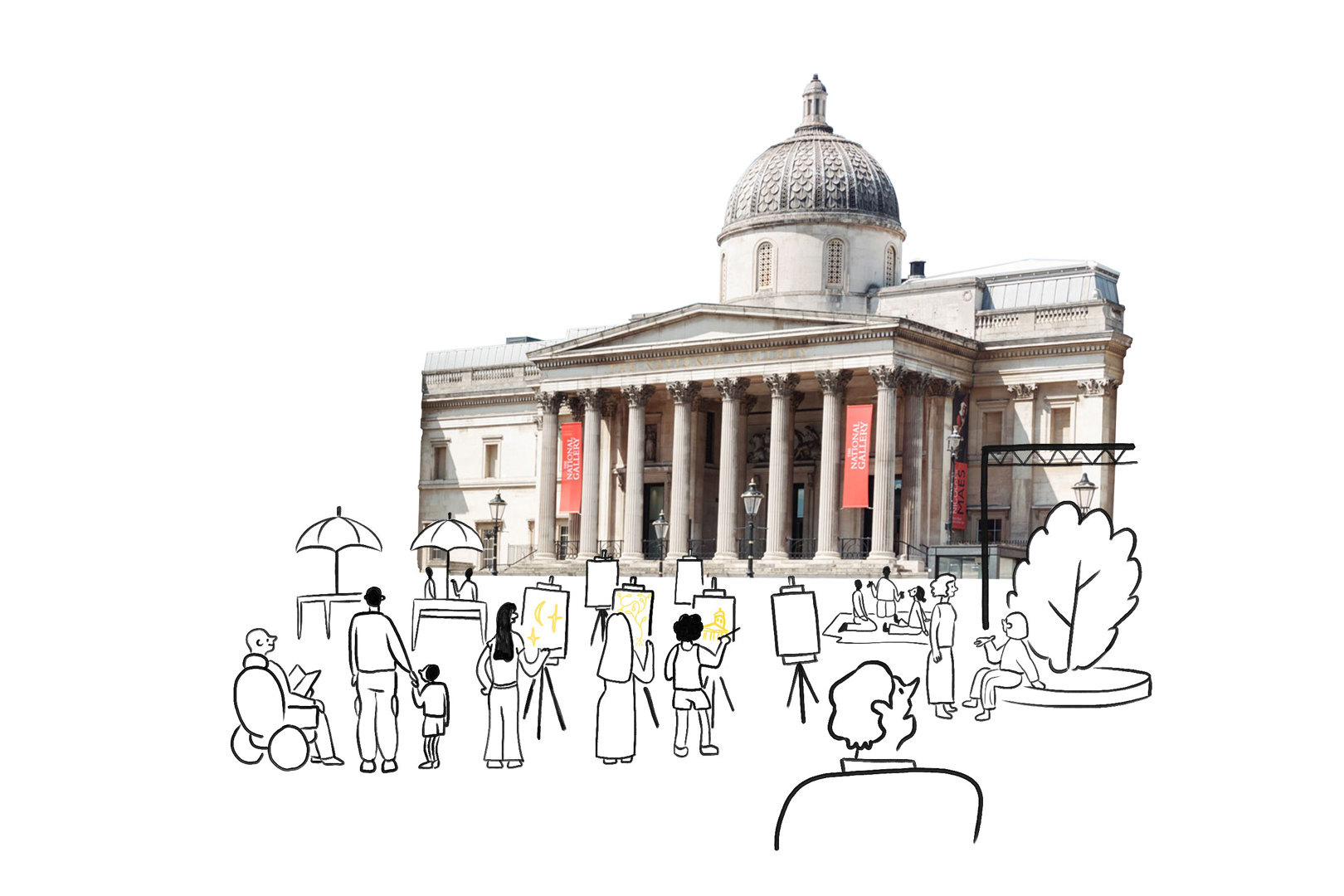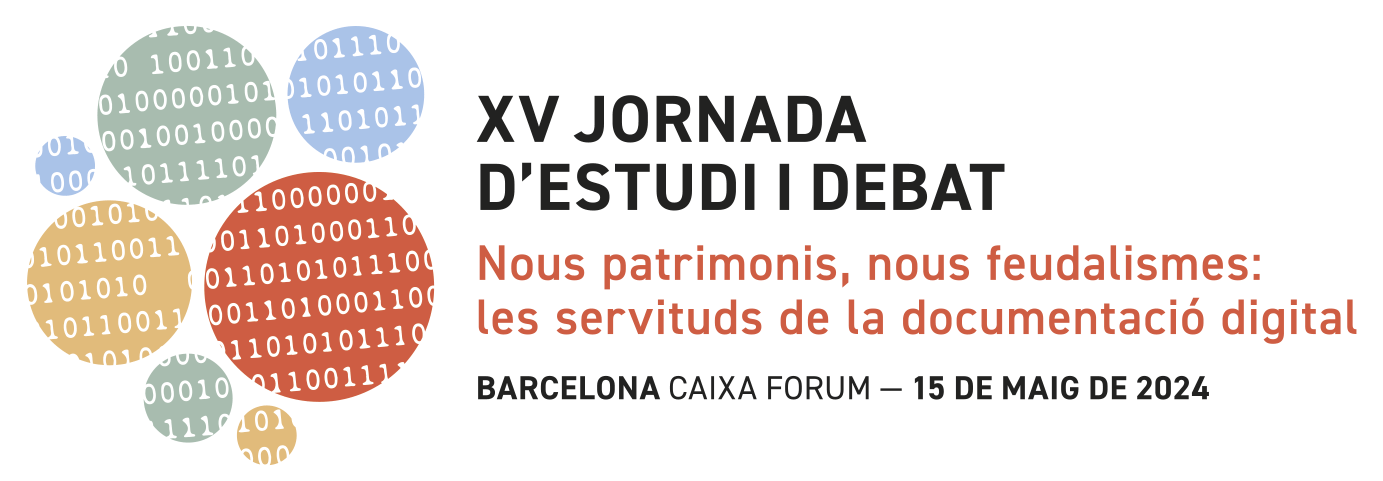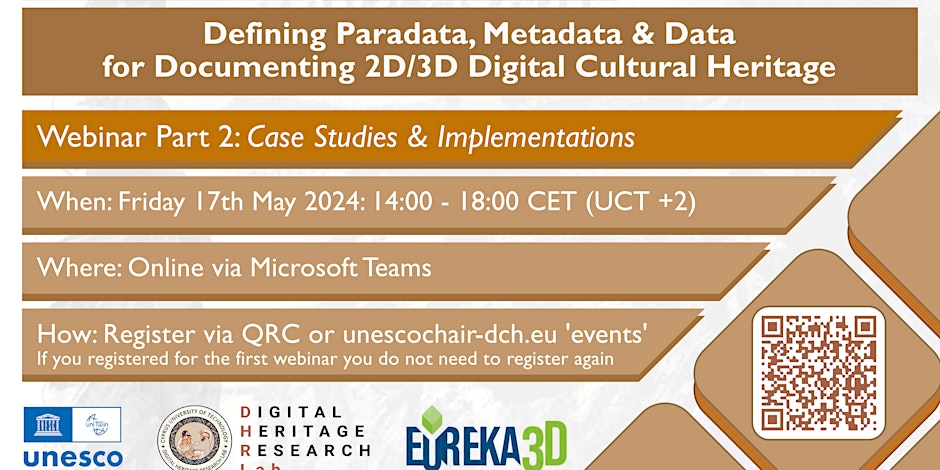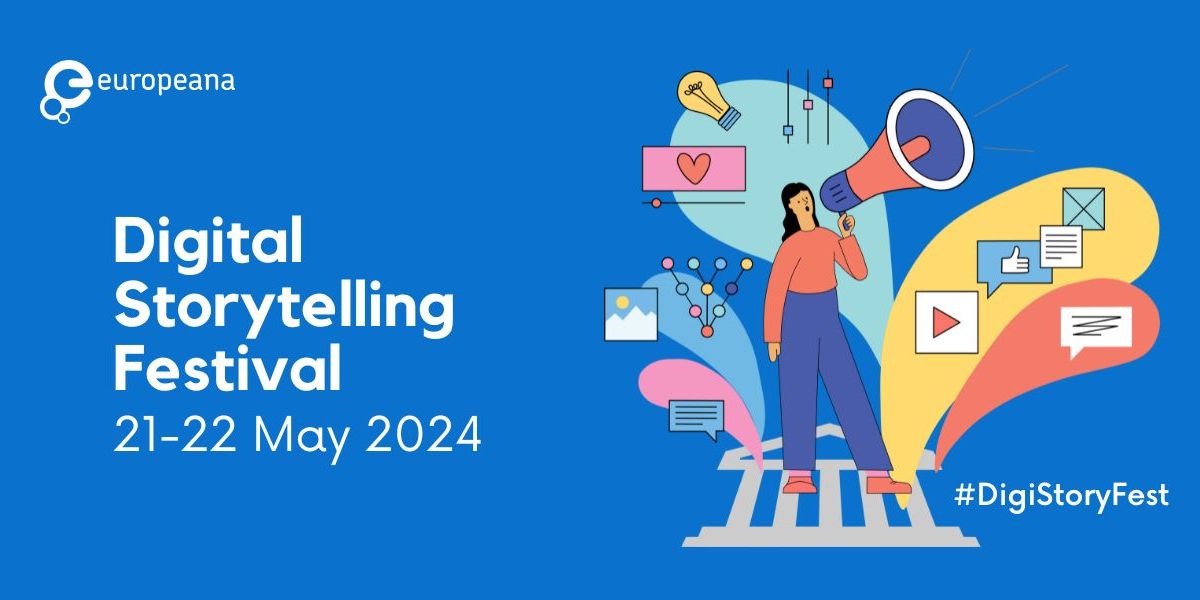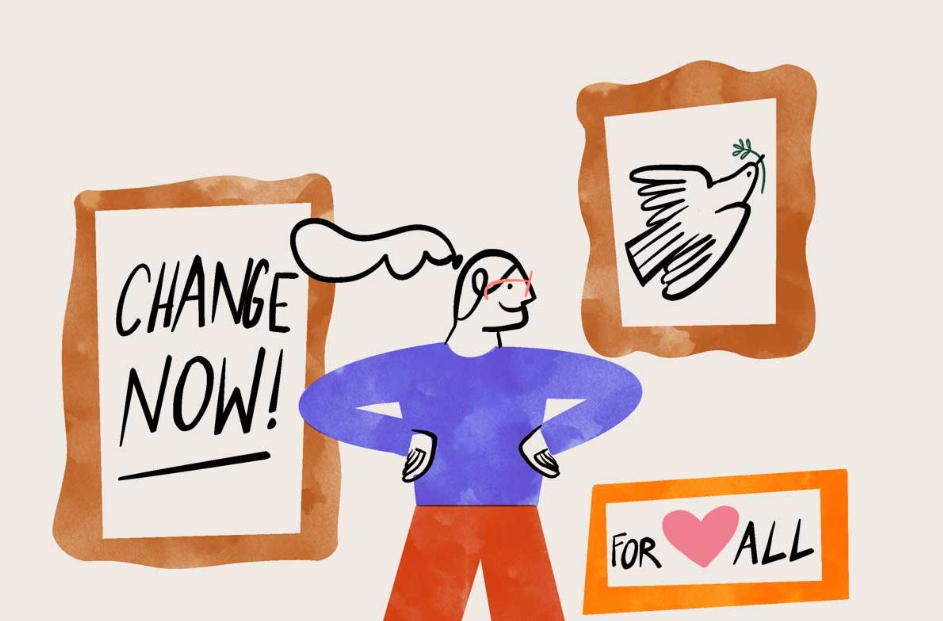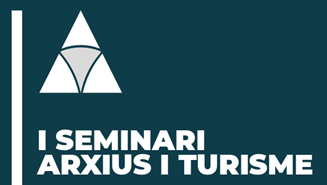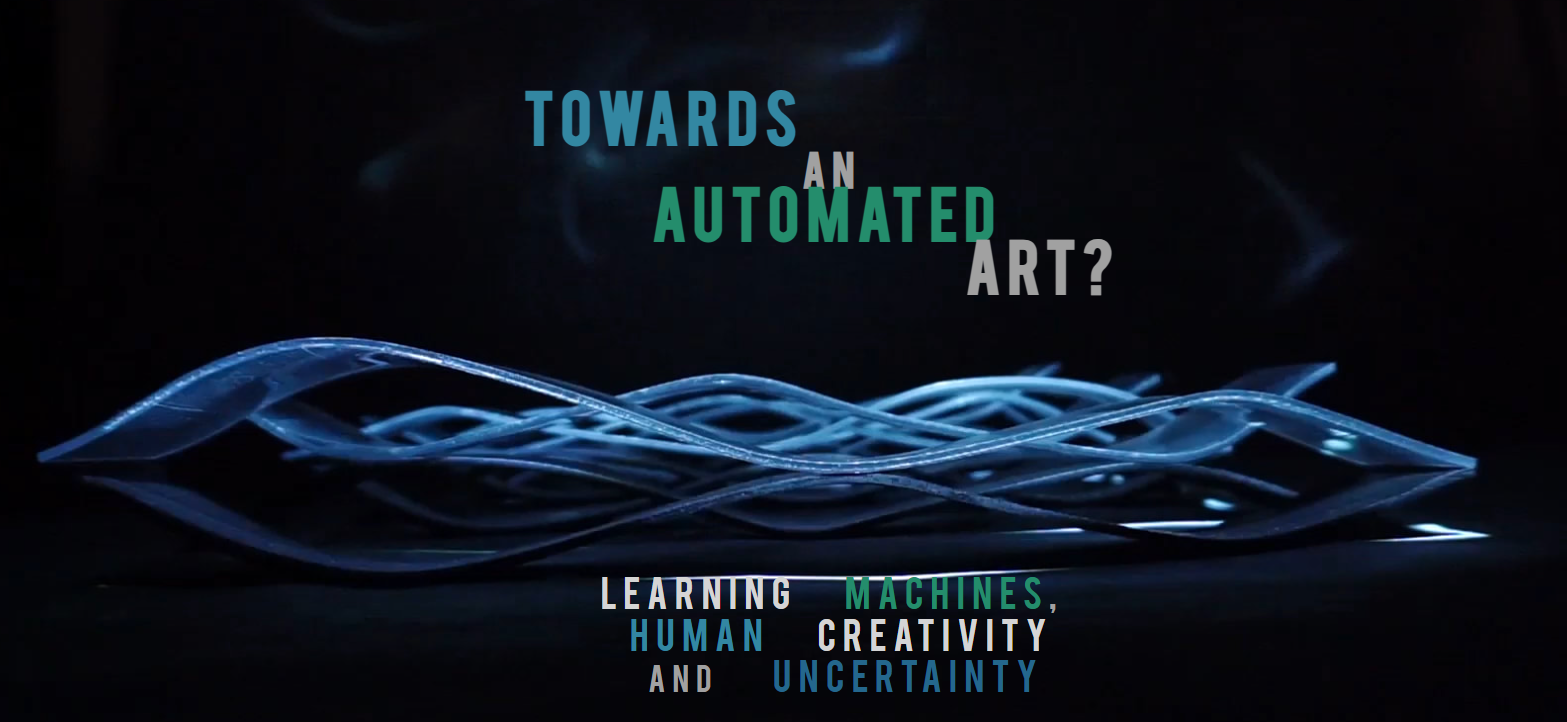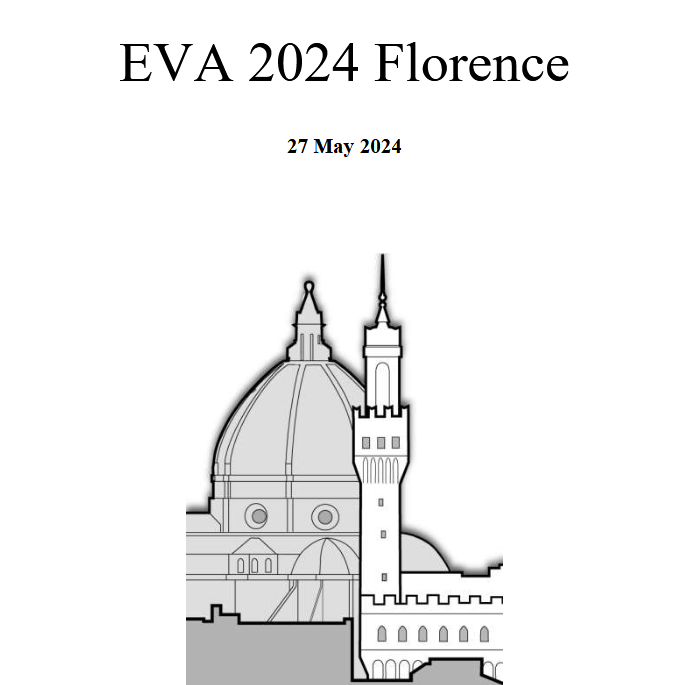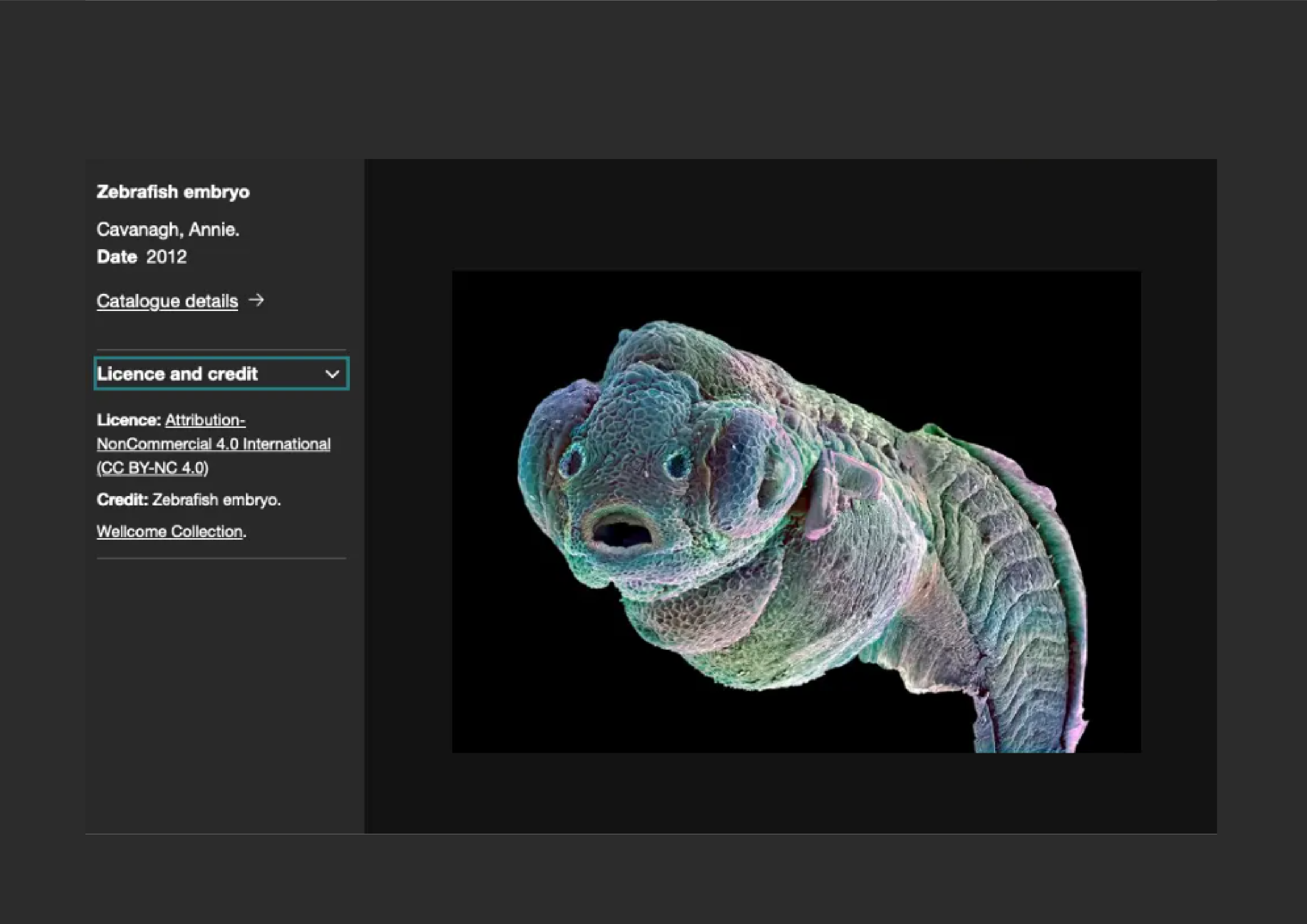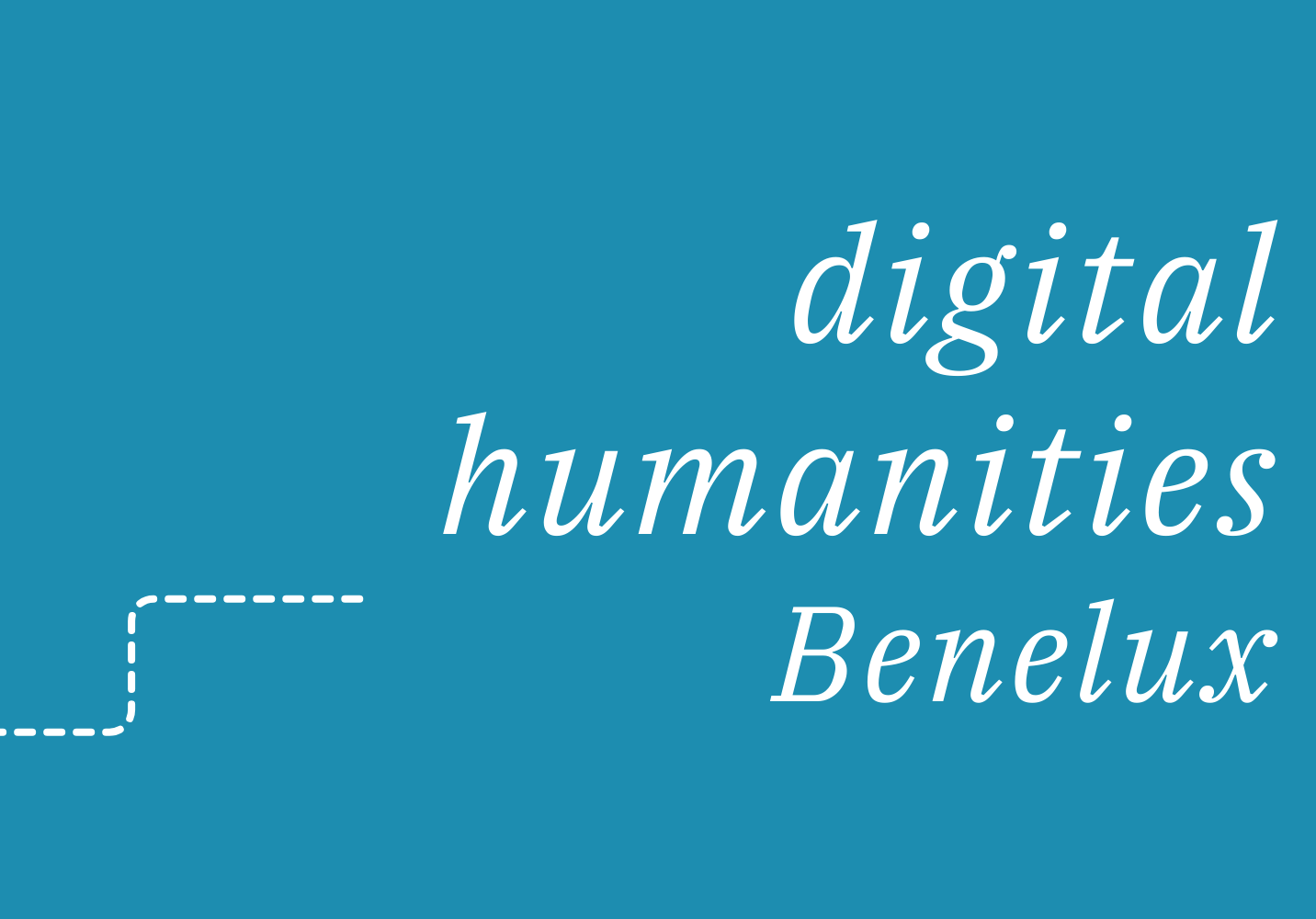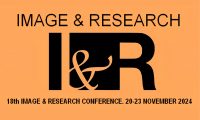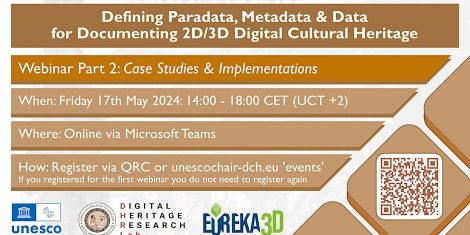-
Join the
Digital Meets Culture
Newsletter! -
Join the
Digital Meets Culture
Open Newsroom! If you have interesting news and events to point out in the field of digital cultural heritage, we are waiting for your contribution.
If you have interesting news and events to point out in the field of digital cultural heritage, we are waiting for your contribution.
-
Free text
-
-
Upcoming events
-
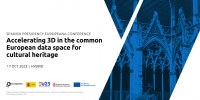 You can find the Executive Summary and the full report on Europeana Pro
You can find the Executive Summary and the full report on Europeana ProEUreka3D project was presented at the Spanish Presidency Europeana Conference back in October the 17th 2023, by project coordinator Antonella Fresa. The conference fostered a multidisciplinary dialogue on 3D capacity building for the cultural heritage sector, in order to promote … Continue reading →
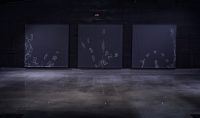 Milan Malpensa International Airport, until June 26, 2024
Milan Malpensa International Airport, until June 26, 2024Graphiae, the digital artist Gianluca Cingolani’s new project, was unveiled at Porta di Milano, Terminal 1 of Milan Malpensa International Airport. Graphiae takes us back to thousands of years ago, when one of the greatest inventions was made. It … Continue reading →
Topic: home_heritage
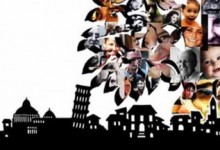
MemorySharing is a project which aims to create a new way for increasing the value of a community’s memories and private documents, by combining web technologies, scientific accuracy and creative approach in the multimedia sharing/telling of contents. Its main objective is to connect generations, actively engaging aged and young people. MemorySharing is a project by the cultural association Acquario della Memoria, whose essential aim is to experiment effective and innovative ways of transmitting the value of past’s memories. Continue reading
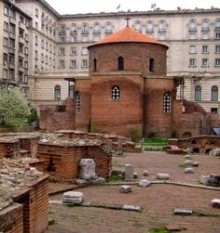
Invisible Serdica is a mobile app that reveals objects of historical significance in the ancient city of Serdica, situated at the present location of the Bulgarian capital (Sofia). This tool enables you to get a realistic insight into some of the places, now hidden under the ground, emphasises on some of the unknown cultural aspects related to them by granting access to the especially edited multimedia tales and legends, curious stories and bibliographic data to various sources found in the NALIS Union Catalogue (NALIS UC). In this way, the historical significance of the object is revealed together with its relation to emblematic figures and events. Continue reading
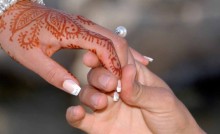
On 4-5 December 2014, RICHES’ First International Conference will be held in Pisa, at the Museum of Graphics of Palazzo Lanfranchi. The event, patronised by the Italian Ministry of Economic Development, the Tuscany Region, the Municipality of Pisa, the University of Pisa and Fondazione Sistema Toscana, is organised by RICHES partner Promoter Srl. The conference, entitled “Cultural Heritage: Recalibrating Relationships” considers the over-arching objective of the project: how to reduce the distance between people and culture and recalibrate the relationship between heritage professional and heritage users. Such recalibration process will maximise cultural creativity and ensure that the whole European community can benefit from the social and economic potential of Cultural Heritage. Continue reading
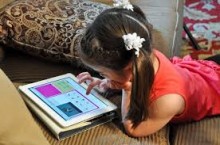
Once there were notebooks, pens and colouring pencils; now books and pencils are joined – and often replaced – by laptops and tablets. Nowadays the children entering school are fully fledged digital natives. Technology reporter at the Daily Telegraph Sophie Curtis recently took part in an interactive experiment run, which involved sitting through two English lessons: one held the old way, without any kind of technology, and the second with all the latest digital gadgets. Continue reading
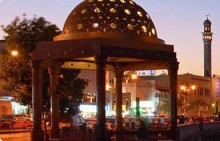
Under the Patronage of His Highness Sayyid Taimur Bin As’ad Al Said, the 4th International Platform on Integrating Arab e-Infrastructure in a Global Environment, e-AGE 2014, was hosted by The Research Council (TRC) of Oman. In e-AGE 2014 the main theme was “Intercontinental Connectivity of the Pan Arab Network”.
Continue reading
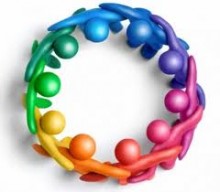
A panel workshop to disseminate the latest achievements and to foster collaboration in the digital cultural heritage sector is organized by Promoter Srl in the framework of the important congress Euromed 2014. EU projects, organizations and professional operating in this field are invited to participate in the discussion. Continue reading
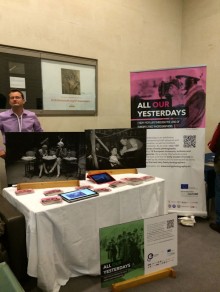
Organized by the Royal Anthropological Institute and the British Museum, this gathering of professionals from either the artistic/creative field or the academic world, offered the opportunity to anyone active at the crossroads of both disciplines to showcase an oeuvre or project to the conference attendants. In te Europeana Photography booth, the accent was on the project’s future activities: the upcoming Belgian production of the expo (Leuven, 30 January – 30 March 2015), as well as the upcoming future platform that is springing out of the project after the end of the EC funding period. Continue reading
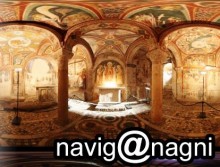
The project “Navig@nagni” was born in 2009 to let the world know the artistic trasures of the “City of Popes” through the web. This has been by scanning the major historical and artistic sites with a laser scanner which, in addition to a perfect 3D modeling, has allowed a scan hundreds of equirectangular pictures, using a special software developed by Massimo Iachetta, head of the ICT department of the City of Anagni. Continue reading
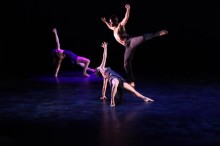
This study, held in the framework of the RICHES Project, wants to explore the transformation of Dance and Performance practice as a result of digital technologies within the European context. If you are a dance and performance practitioner, performer, educator, or researcher and are willing to reflect on how digital technologies have impacted on your experience of performance practice, please share with us your views by completing our survey. Continue reading
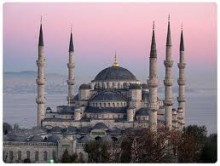
The URLA 2014 Congress’ (Istanbul, OTTOMAN ARCHIVES BUILDING, 17-20 September 2014) main theme will be Management of Cultural Heritage and Cultural Memory Institutions, devoted to identifying best practice for an efficient management of preservation tools by cultural heritage institutions. RICHES partners Hakan Koray Özlük and Hasan Bahadir Aydinonat from KYGM will take part in the congress holding a speech on Preservation of Cultural Heritage and EU Projects, which will provide an interesting overview of the two professionals’ year experience and knowledge in research for innovative ways of cultural heritage’s preservation and enjoyment. Continue reading



